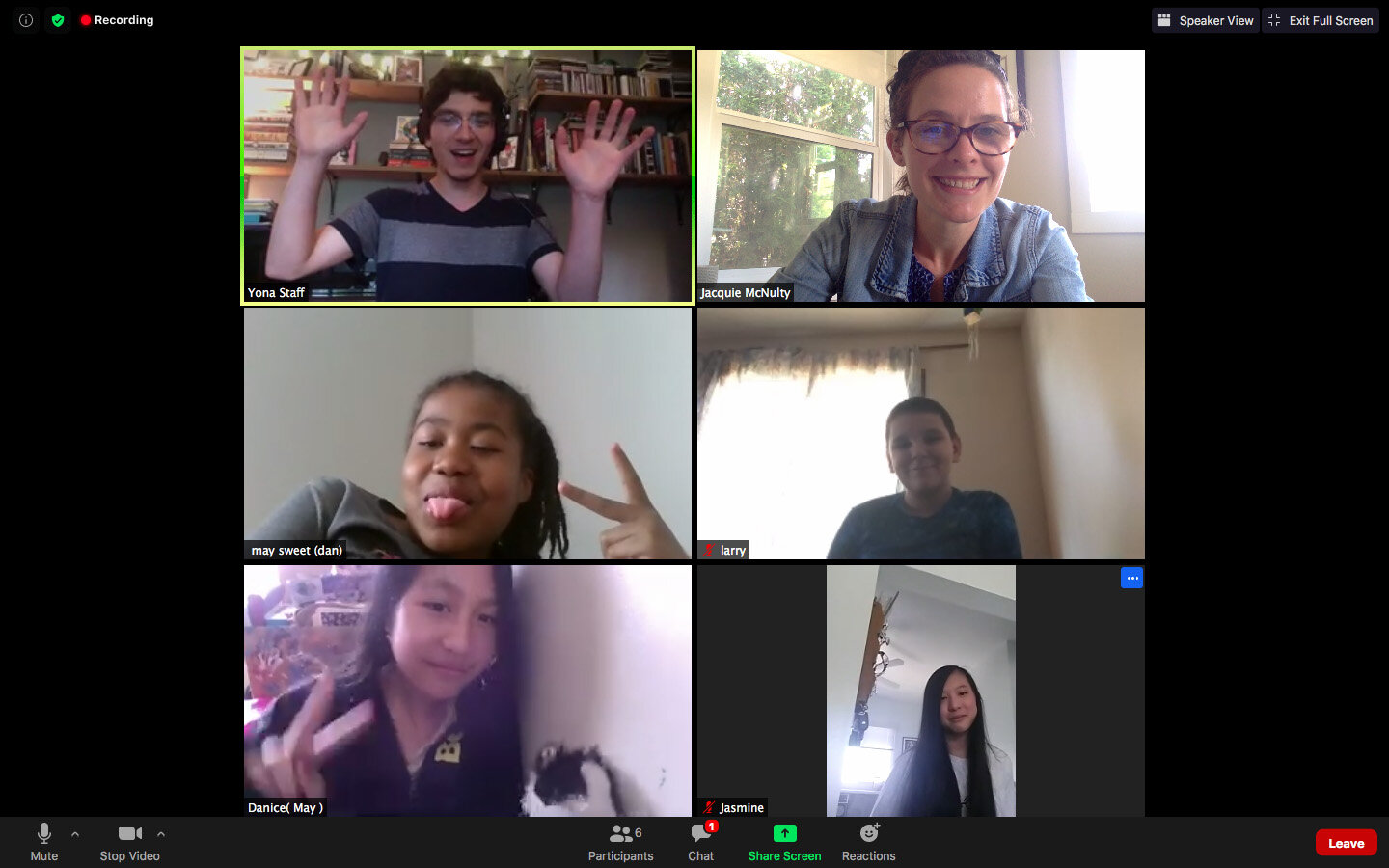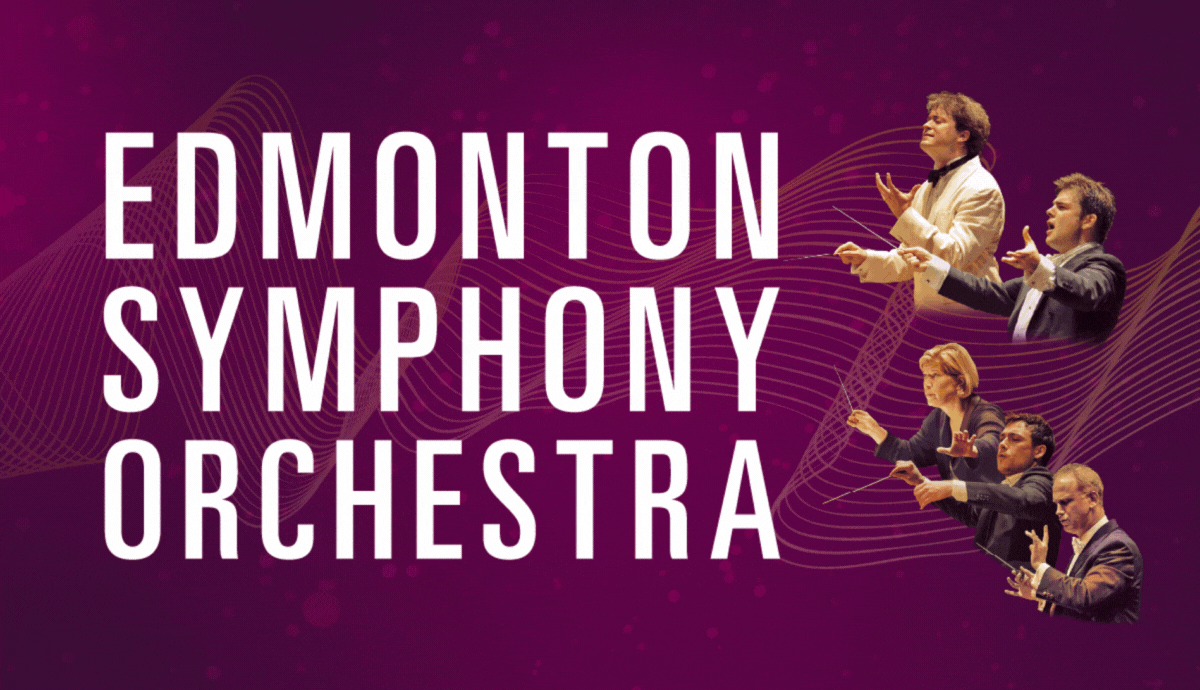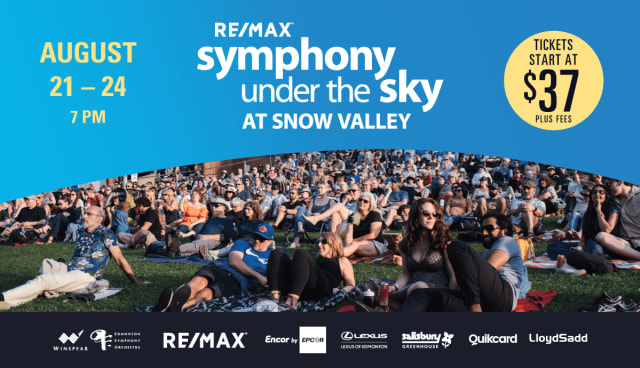Mr. Andreas' Roots of Music
November 19, 2020

Say the word “music” to a dozen different people, and there’s a good chance you’ll get about a dozen different ideas of what exactly that means. That applies to the young musicians of YONA-Sistema, too.
Sure, they’re learning the basics of the western art music tradition, and are budding violinists, flutists, percussionists et al. But they’re also young people with Spotified iPhones, and more than one of them likely knows the words to every Post Malone song.
The music education the students receive through YONA-Sistema may spend a good part of its time in the world of Mozart and Bartók, but that’s not where all the music is. So a few years ago, Teaching Artist Andreas Wegner morphed his option class into something that encourages exploration and creativity in all kinds of music.
“We used to offer options in YONA which happened once a week for the elementary aged students,” he relates. “They would pick between three or four different classes, and one of the options was one that I taught called Composition, where we’d learn about how to write your own rhythm, how to write your own melody, et cetera. And that class became more fully fledged two years ago, where it would be once a week for every student, and it became Roots of Music. The class would have elements of teaching history, and also elements of composition as I had done in the class before. And a big component of this class was learning through improvisation and spontaneous creativity with the students and their peers – so not reading music like they’re used to in every other day in YONA where they have to learn how to translate exactly what’s on the page to their instrument – but more on how to create.”
Units in the Roots of Music class would delve into various kinds of music, Mr. Andreas says. Like Motown, for example. “We’d talk about Motown for a month, we’d talk about the word ‘groove,’ and how it relates to Motown. And we’d do some listening to Motown, and then the activity for the day would be to focus on the groove and think about how a rhythm you created interlocks with your smaller group.”
I know what you’re thinking: I’d take that class, too. The division of the YONA musicians into separate “cohorts” has definitely had an impact on how Mr. Andreas can teach his class in the COVID reality. Based at St. Alphonsus School, the students that attend that school continue as before. The others he sees online, but that comes with challenges, of course.
“It’s near impossible to get students to improvise and create music with each other online, so that’s been tough,” he concedes. “There are some great, free drum machines online where they can create their own grooves, then play along to it and improvise. We’ve been doing a lot of that. And I’ve been trying to incorporate elements of improvisation in all the activities that we do, so if we’re working on our scales, we won’t just play them up and down – I won’t dictate exactly how they should play it. We’ll maybe do a review of it then I’ll say, ‘OK, everybody mute, and I want you to play the notes of the scale, but change it up, improvise it, play it with different dynamics – get loud, then soft – try different rhythms.’ Then I’ll ask one or two of them to share with the class how their improvised scale went.”
A well-rounded musician is usually a better musician. If nothing else, they’re more likely to be open-minded, and just as willing to appreciate a Schubert song as one by Ariana Grande. Mr. Andreas’ Roots of Music class encourages that. “Every week, we have something called Song of the Week, which is a song that the students pick. They send me the name of a song that they like, and then I’d play it for the class and we’ll discuss it – what instruments we hear, what we like about it, that sort of thing.”
Nothing wrong with a little groove in your Bartók.
post by D.T. Baker
photos supplied



